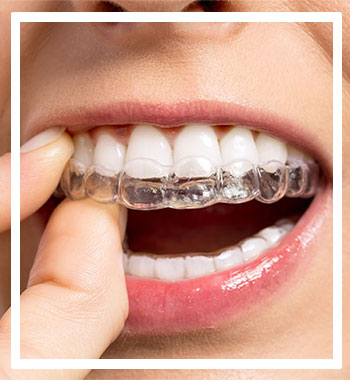Endodontics
Why Do You Need Root Canal Treatment?
The success rate of root canal treatment performed by a specialist is considerably higher than that of a general dentist, according to the available evidence.
Root canal specialist treatment is beneficial if a previously root canal-treated tooth becomes infected again and must be restored.
Our enhanced abilities, specialised apparatus, root canal specialist enable us to provide you with the best possible outcome.
What is Endodontic Treatment?
When the pulp cavity and root canal become infected and need to be removed, root canal treatment (RCT) is required. The infected pulp cavity tissue can be caused by oral microorganisms that have infiltrated the tooth by either:
-Cavity degeneration
-Multiple dental procedures on the same tooth
-Leaky fillings
-Deep dental fractures
-Dental Trauma
What is Re-Root Canal Treatment (Re-RCT)?
Root Canal Re-treatment (Re-RCT) occurs when a tooth that has previously undergone root canal treatment becomes reinfected. Similar to conventional root canal therapy, this may be caused by:
-Unsuccessful root canal treatment
-Cavity degeneration
-Leaky fillings
-This would enable bacteria to re-enter the root canal, thereby rendering the previous root canal treatment ineffective.
-Deep fissures in the teeth
If this occurs, you will have the choice between extraction and root canal re-treatment to resolve the issue. At SDS, we strive to preserve natural teeth whenever possible, so we would recommend Re-RCT as your first option.
Re-RCT is comparable to standard RCT, with the exception that, in addition to removing infected tissue, the specialist must also remove the previous filling material (gutta-percha), clean, disinfect, and reshape the tooth.
Due to the complexity of Re-RCT, the procedure may require two to three consultations under local anaesthesia.
The specialist will then re-fill the tooth's root canal with new gutta-percha material once all pathogens and old filling material have been removed. The next step would be to place a filling, preferably followed by the placement of a crown.
What occurs during a Root Canal Procedure?
Once it has been determined that a tooth requires root canal therapy, the treatment typically requires two appointments performed under local anaesthesia. We use a specialised microscope to provide you with the most effective treatment possible.
The use of a local anaesthetic for this procedure should make it painless and no more disagreeable than having a filling.
Using specialised small files, infected tissue will be removed during these consultations. These files are then used to sanitise, disinfect, and shape the interior of the root canal. This eliminates all microorganisms from the tooth's interior.
The tooth will be filled with gutta-percha, a rubber-like substance once the root canal has been thoroughly cleansed of all pathogens.
Then, a filling would be positioned on top of the gutta-percha. A crown is optimal for protecting back teeth from fracture.

What happens following a root canal?
You may require over-the-counter analgesics for a few days following completion of treatment. The tooth should not be painful, but the surrounding area may be mildly sensitive due to our work.
To give your root-filled tooth the greatest chance of survival, we recommend preparing it for a crown. This would ensure that the tooth is completely protected and prevent tooth fracture, which could necessitate the extraction of other successfully treated teeth.
